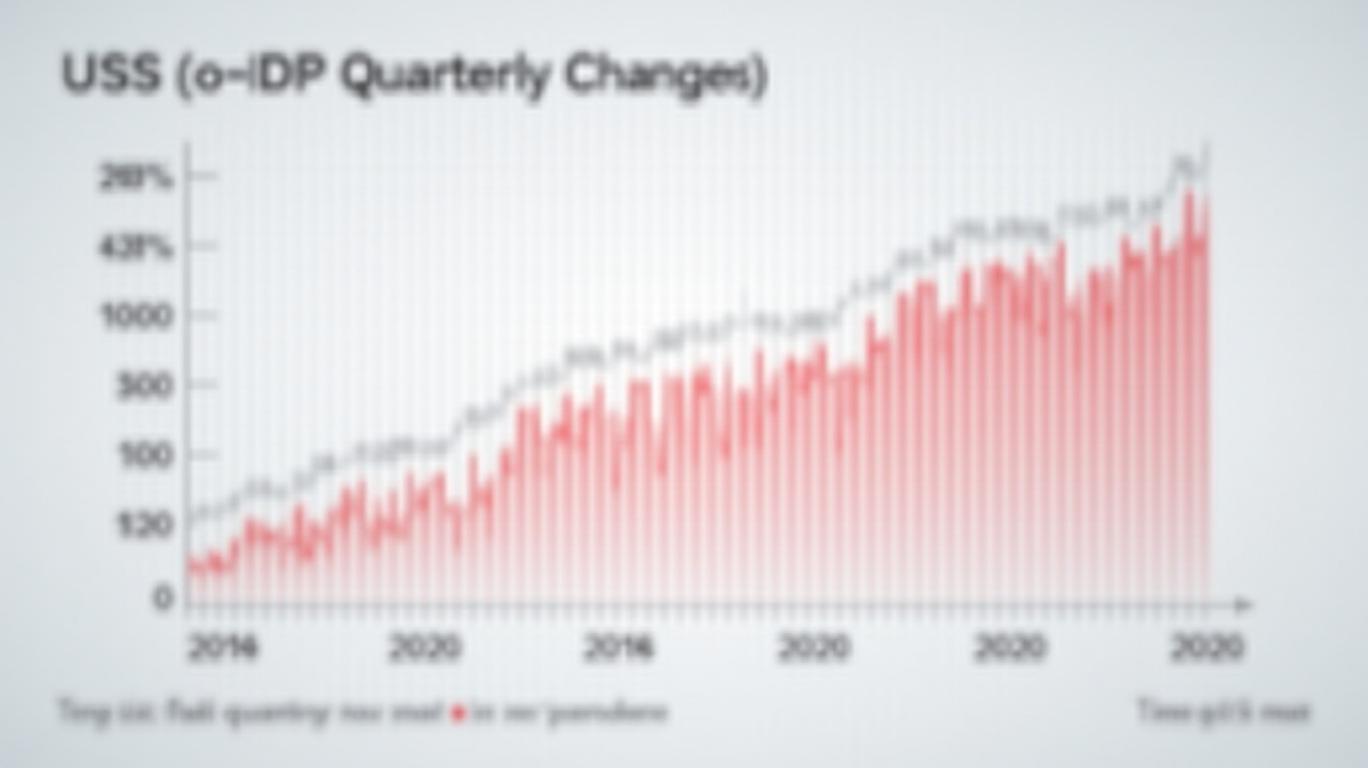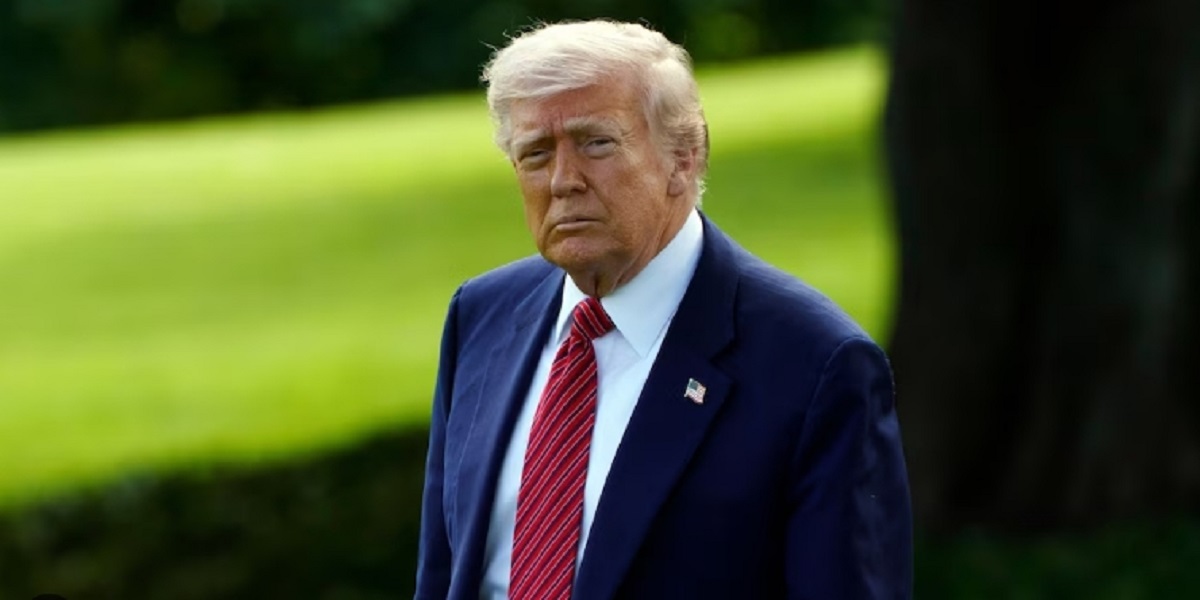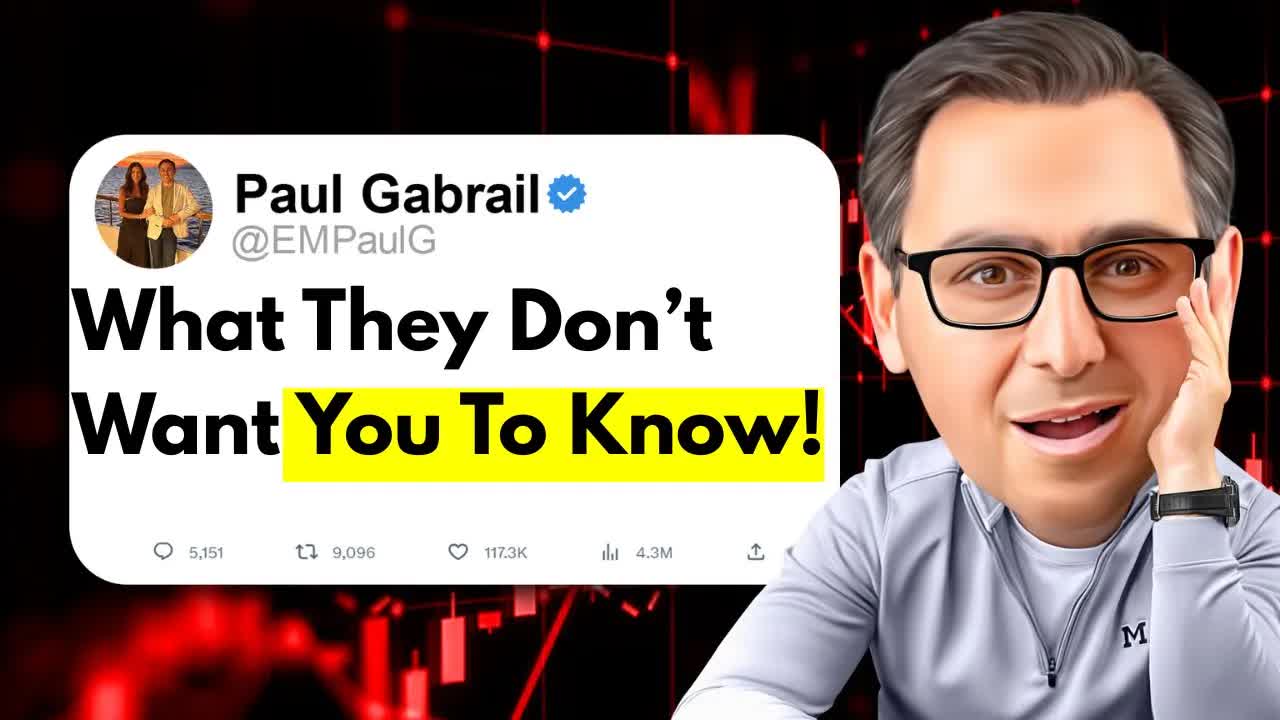The Blame Game: How Political Rhetoric Masks Economic Realities in 2025
The U.S. economy in early 2025 has become a political battleground, with President Trump and his administration praising selective economic wins while blaming lingering challenges on former President Biden. This divide-and-conquer strategy obscures a complex reality: while certain sectors show resilience, broader metrics reveal fragility. From a contractionary GDP to inflationary pressures and policy-driven uncertainty, investors must navigate this labyrinth of contradictions to make informed decisions.
The GDP Dilemma: Blame or Reality?
The first quarter of 2025 delivered a stark economic reality: GDP fell by -0.3% annualized, marking the worst performance since the pandemic. This contraction was fueled by a record trade deficit—imports surged 41.3% as businesses front-loaded purchases to avoid tariffs, while exports grew a meager 1.8%. Federal spending also tanked, dropping 5.1%, exacerbating the downturn.
Despite this, the White House spun the data as a “transition period,” emphasizing private-sector demand growth of 3% in final sales to domestic purchasers. Yet, the trade deficit’s outsized impact—subtracting over 2 percentage points from GDP—underscores how policy choices, not just Biden-era policies, are shaping outcomes.

Jobs: Triumph or Transition?
The administration celebrated 345,000 jobs created since January 2025, including gains in construction (+27,000) and manufacturing (+9,000). However, April’s ADP report revealed a sharp slowdown, with only 62,000 private-sector jobs added—a 58% drop from March. This volatility raises questions about the sustainability of hiring.
Unemployment remains low at 4.2%, but labor market signals are mixed. The hires rate—the percentage of jobs filled—has fallen to a 10-year low of 3.4%, while job openings remain elevated at 7.7 million. This “jobs-rich, hiring-poor” paradox suggests underlying labor market rigidity, possibly due to policy uncertainty deterring businesses from committing to new roles.
Inflation: Wins and Warnings
Trump’s team has highlighted victories in specific sectors: prescription drug prices fell 2% since January, gas prices dropped 7%, and egg prices plummeted 50%. These gains helped push the March CPI to 2.4% year-over-year, the first decline since late 2022.
However, the PCE price index tells a darker story, rising to 3.6% in Q1—up from 2.4% in late 2024. Core inflation, excluding energy and food, edged higher to 3.5%, signaling renewed upward pressure. The disconnect between CPI and PCE reflects tariff-driven supply chain distortions, as import spikes and trade wars push up prices for certain goods.
The Tariff Trap: Strategic Uncertainty or Policy Failure?
At the heart of these contradictions are Trump’s tariff policies. While the administration frames them as “strategic uncertainty” to pressure trade partners, the data shows clear costs. The abrupt imposition of tariffs—later paused for 90 days—created chaos:
- Consumer spending slowed to 1.8% annualized, the weakest since mid-2023, as households braced for higher prices.
- Business investment, while up 9.8%, reflected pre-tariff inventory stockpiling rather than organic demand.
- Exports to China collapsed, with U.S. shipments falling to $7.4 billion in February, down 12% from 2024 levels.
Treasury Secretary Scott Bessent defended this approach, calling it a “negotiating tool.” Critics, however, argue it’s a self-inflicted wound, worsening trade deficits and inflation while scaring away global investors.
Fiscal and Structural Risks Ahead
Beyond short-term volatility, long-term fiscal risks loom:
1. Tax Cuts Sunset: The 2017 TCJA’s expiration in December 2025 threatens to raise tax rates, potentially shrinking disposable income and consumer spending.
2. Debt Dynamics: The federal deficit hit 6.4% of GDP in FY2024, with net interest payments now rivaling defense spending. Credit agencies warn of credit rating downgrades if debt continues to rise.
3. Household Strains: Lower-income households face record credit card debt ($1.2 trillion) and a 1.6-point rise in serious delinquency rates (11.4%), leaving them vulnerable to shocks.
Investment Implications: Proceed with Caution
For investors, the path forward is fraught with trade-offs:
- Equities: The S&P 500 has dropped 6.1% since late 2024, reflecting market skepticism about the administration’s narrative.
- Bonds: Rising debt and inflation risks could pressure Treasury yields, making fixed-income investments less attractive.
- Sectors:
- Manufacturing and Construction may benefit from regulatory rollbacks, but tariff-driven input costs could dampen margins.
- Consumer Discretionary faces headwinds from slowing spending and debt burdens.
- Tech and Energy: Tech stocks (e.g., NASDAQ) have fallen 11.1%, but energy firms may gain from policy support for domestic production.
Conclusion: Beyond the Blame Game
The first quarter of 2025 underscores a critical truth: economic outcomes are shaped by policies, not political rhetoric. While the administration’s spin points to “momentum” in jobs and select inflation metrics, the GDP contraction, trade imbalances, and rising PCE inflation reveal systemic risks.
Investors should prioritize sectors insulated from tariff volatility and fiscal uncertainty, such as energy or tech firms with global supply chains. However, the 45% recession risk cited by economists—and the likelihood of policy overreach—demands caution. As the old Wall Street adage goes, “don’t fight the Fed,” but in 2025, investors must also “don’t ignore the data.”
The path to a “golden age” remains unproven; the data suggests a more cautious, diversified approach is prudent.


_41c5d7291749577840008.jpeg)







